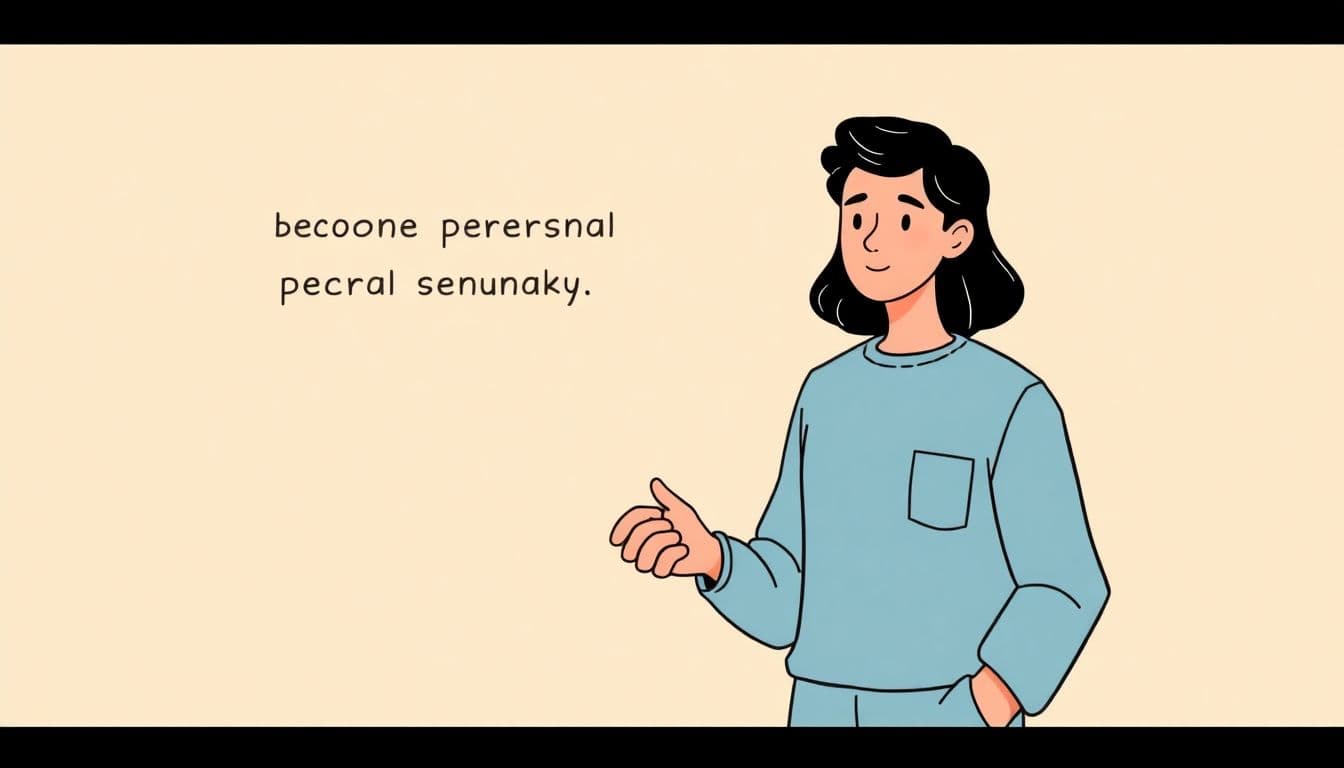Table of Contents
Writing flash fiction can feel daunting, right? You want to tell a captivating story in just a few hundred words, but how do you create something meaningful without the luxury of space? It’s easy to feel overwhelmed by the challenge of brevity while still hitting all the emotional notes.
But don’t worry! If you stick around, I promise you’ll discover some simple strategies that will turn your flash fiction fears into a fun creative adventure. You’ll learn how to weave a complete story with rich characters and a punchy plot, all while keeping things concise and engaging.
By the end of this guide, you’ll be equipped with essential tips and tricks for crafting flash fiction that resonates. Get ready to dive into a world where every word counts, and your imagination takes the lead!
Key Takeaways
- Craft a flash fiction story with a clear beginning, middle, and end within 1,000 words.
- Focus on a specific moment or event that conveys strong emotion or conflict.
- Develop 1-2 well-rounded characters with concise descriptions and actions.
- Create a simple plot around a distinct conflict for character engagement.
- Use clear, vivid language that paints a picture without extra details.
- Ruthlessly edit to trim down unnecessary words or redundancy.
- Start your story in the middle of the action to hook readers quickly.
- Evoking emotion and incorporating surprising twists enhance the story.
- Encourage readers’ imagination by hinting at broader themes instead of detailing everything.
- Keep experimenting with styles and participate in writing challenges.
- Pay attention to titles, as they can effectively capture your story’s essence.

1. Write a Complete Flash Fiction Story
To write an effective flash fiction story, ensure it has a clear beginning, middle, and end, all while staying under 1,000 words.
Start by brainstorming a strong central idea that captures your readers’ attention quickly.
Your story should have a narrative hook to draw the reader in right from the first sentence.
For example, you could begin with an intriguing line like “The sky split open, and the memories poured out.”
Each element in flash fiction needs to serve a purpose; unnecessary fluff won’t fit in the limited word count.
Remember, even tiny stories can have big ideas or profound realizations, so don’t shy away from heavy themes.
2. Focus on a Single Moment or Event
Inevitably, the magic of flash fiction lies in its ability to convey a moment or event with brevity and power.
Choose a specific scene that embodies the core emotion or conflict you want to explore.
For instance, instead of trying to summarize a whole relationship, focus on that pivotal moment when two characters confront their feelings.
This could be through a meaningful glance, a shared laugh, or even a heartbreaking silence.
The goal is to create a snapshot that resonates deeply, leaving an emotional impact on the reader.
Using vivid imagery can help to ground the moment, letting readers feel part of the scene without feeling overwhelmed by details.
3. Develop Your Characters
Even in a limited word count, having well-rounded characters can elevate your story.
Stick to one or two key characters to keep it manageable and impactful.
Quickly establish their traits, desires, and backgrounds with just a few well-chosen words.
Show, don’t tell: Instead of saying a character is “kind,” demonstrate it through their actions.
For example, showing a character giving away their last piece of bread makes their kindness tangible.
Don’t forget to let your characters evolve through the story, even if it’s just a small realization or shift in perspective.

“`html
4. Create a Simple Plot and Conflict
Every flash fiction story needs a solid plot, even if it’s short.
Start with a distinct conflict that drives the story and gives characters something to react to.
Think of a simple scenario that can be conveyed in just a few lines.
For example, a character could be faced with a life-altering decision at a crucial moment.
This creates a backbone for the narrative, allowing for character development and emotional engagement.
Keep in mind that even the smallest plot twists can yield significant impacts, as they deepen the reader’s connection to the outcome.
5. Use Concise and Descriptive Language
In flash fiction, every word counts, so choose your language carefully.
Aim for clear and vivid descriptions that paint a picture without excess detail.
Instead of saying “the small, old dog,” you might say “the frail terrier,” which conveys more with fewer words.
Consider the emotional weight of your words; they can evoke feelings just as powerfully as imagery can.
Descriptive language should enhance the story, not clutter it.
6. Edit and Reduce Your Story
Editing is crucial in flash fiction, as you’ll often need to trim down longer drafts.
Read through your story multiple times, deleting any sentences or phrases that don’t serve a purpose.
Pay attention to redundancy and superfluous details; they can divert attention from the main plot and character development.
Consider seeking a second opinion or feedback from peers to ensure every word counts.
You’ll be amazed how trimming a few lines can tighten the story’s focus and improve flow.
7. Start in the Middle of the Action
To grab your readers quickly, kick off your story in the midst of an action or pivotal moment.
This not only hooks the reader but also sets the stage for the unfolding events.
For example, starting with a character shouting in panic can immediately create tension.
Skipping the long expository beginning helps establish intrigue and drama right away.
Your readers will appreciate being thrown into the thick of things; it pulls them into your world faster.
8. Evoke Emotion and Surprise
A key element of compelling flash fiction is its capacity to evoke emotion.
Try to craft moments that resonate with readers, whether they spark laughter, joy, or sorrow.
Additionally, incorporating a surprise or twist at the end can leave a lasting impression.
This could be anything from a shocking reveal to a subtle shift in character perspective.
Surprise prompts the reader to reflect on the story and its deeper meanings.
9. Use the Reader’s Imagination
Since flash fiction is brief, allow space for readers to fill in the gaps with their imagination.
Instead of detailing every aspect, hint at larger themes or backstories.
For instance, mentioning that a character is “haunted by shadows” can lead readers to construct their own interpretations.
This not only engages the reader but also enriches their experience with layers of meaning.
Think of how effective minimalism can be in letting the imagination run wild.
10. Consider Final Tips and Approaches
When crafting flash fiction, keep experimenting with different styles and perspectives.
Each attempt is a learning opportunity, so don’t be afraid to step outside your comfort zone.
Read widely in the genre and analyze what makes renowned flash fiction work.
Try to participate in writing challenges to push your limits and spark creativity.
Remember, **titles** are also crucial; they can encapsulate themes or draw readers in effectively.
For more insights on enhancing your writing journey, check out suggestions on publishing your work.
11. Summarize Your Key Points
In summary, writing flash fiction requires careful planning and editing.
Focus on a singular moment, develop your characters, and design a simple yet compelling plot.
Use descriptive language wisely and don’t shy away from emotional depth.
Ruthlessly edit your work and keep engaging your readers’ imaginations.
By honing these skills, you can create memorable flash fiction that resonates with readers.
“`
FAQs
Flash fiction is a very short story, typically under 1,000 words. Unlike regular short stories, it focuses on brevity and often encapsulates a single moment, relying on concise language and impactful imagery.
To create engaging characters in flash fiction, focus on one or two traits that define them. Use their actions, dialogue, and brief backstory to reveal personality, making them relatable and memorable within the limited word count.
To evoke emotion, use vivid descriptions and relatable scenarios to draw readers in. Introduce conflict, allow for tension, and create a resolution that resonates emotionally, leaving readers with a lasting impression.
Editing is crucial in flash fiction due to its concise nature. Each word must contribute to the story, so review for clarity, remove unnecessary details, and ensure that every element enhances the overall impact and coherence.



